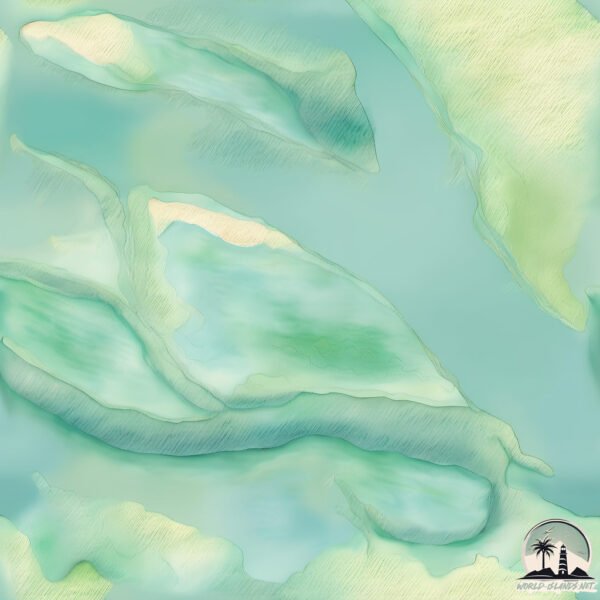Welcome to Buenos Aires , a Tropical island in the Caribbean Sea, part of the majestic Atlantic Ocean. This guide offers a comprehensive overview of what makes Buenos Aires unique – from its geography and climate to its population, infrastructure, and beyond. Dive into the details:
Geography and size of Buenos Aires
Size: 5.583 km²Coastline: 11.3 kmOcean: Atlantic OceanSea: Caribbean SeaContinent: South America
Buenos Aires is a Small Island spanning 5.6 km² with a coastline of 11.3 km.
Archipel: –
Tectonic Plate: South America – A major plate covering the South American continent and part of the Atlantic Ocean, known for the Andes mountain range and significant seismic and volcanic activity.
The geographic heart of the island is pinpointed at these coordinates:
Climate and weather of Buenos Aires
Climate Zone: TropicalClimate Details: Tropical Savanna, WetTemperature: Hot
Climate Characteristics: Defined by distinct wet and dry seasons with high temperatures year-round. Pronounced rainfall occurs during the wet season, while the dry season is marked by drought.
Topography and nature of Buenos Aires
Timezone: UTC-04:30Timezone places: America/CaracasMax. Elevation: 14 m Mean Elevation: 13 mVegetation: WetlandTree Coverage: 39%
The mean elevation is 13 m. The highest elevation on the island reaches approximately 14 meters above sea level. The island is characterized by Plains: Flat, low-lying lands characterized by a maximum elevation of up to 200 meters. On islands, plains are typically coastal lowlands or central flat areas.
Dominating Vegetation: Wetland
Vegetation: 5 vegetation zones – Highly Diverse Island
Infrastructure and Travelling to Buenos Aires
Does the island have a public airport? no .
Does the island have a major port? no .
The mean population of Buenos Aires is 24 per km². Buenos Aires is Gently Populated. The island belongs to Venezuela .
Continuing your journey, La Ceiba is the next notable island, situated merely km away.
This Mysterious Rotating Island Has Finally Been Explained
Located northwest of Buenos Aires, in Argentina, lies this strange mysterious circular island which. Its been the location of ...
This Mysterious Rotating Island Has Finally Been Explained
Located northwest of Buenos Aires, in Argentina, lies this strange ...
Located northwest of Buenos Aires, in Argentina, lies this strange mysterious circular island which. Its been the location of ...
Buenos Aires Travel Guide: 21 BEST Things To Do In Buenos Aires, Argentina
Here are the best things to do in Buenos Aires. ...
Here are the best things to do in Buenos Aires. ======================= Recommended Tours in Buenos Aires: Private City ...
Kickstarter Team To Investigate 'The Eye' Island In Buenos Aires For Alien Base | CNBC
The X-Files told us the truth is out there but in fact it could be a ...
The X-Files told us the truth is out there but in fact it could be a just a short drive from this Latin American Capital. » Subscribe to ...
Venezuela is classified as Emerging region: G20: Group of Twenty – Major economies comprising both developed and emerging countries, representing the world’s largest economies. The level of income is Upper middle income.
News – Latest Updates and Headlines from Buenos Aires
Stay informed with the most recent news and important headlines from Buenos Aires. Here’s a roundup of the latest developments.
Loading...
Please note: The data used here has been primarily extracted from satellite readings. Deviations from exact values may occur, particularly regarding the height of elevations and population density. Land area and coastline measurements refer to average values at mean high tide.

